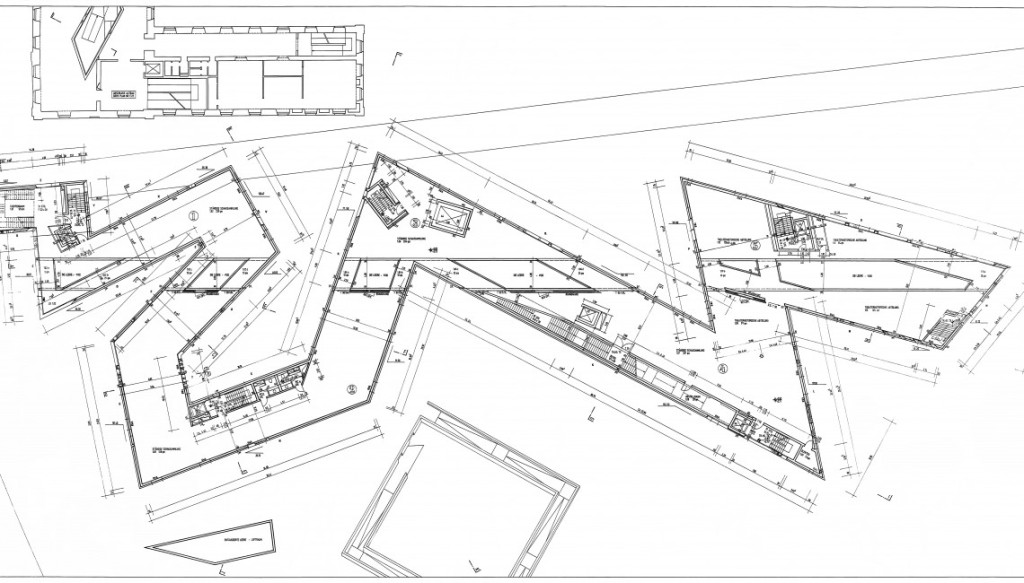Libeskind Museum by (Daniel Libeskind), Berlin
The Libeskind Museum is an example of a large scale memorial exhibition that is in itself a work of art as it “exhibits the social, political and cultural history of the Jews in Germany from the fourth century to the present, explicitly presenting and integrating, for the first time in postwar Germany, the repercussions of the Holocaust.” (http://libeskind.com/work/jewish-museum-berlin/)
 http://libeskind.com/work/jewish-museum-berlin/
http://libeskind.com/work/jewish-museum-berlin/
Its striking, angular design makes a clear and unavoidable impact amidst a reasonably conventional skyline. It is purpose built to make corridors converge to tight corners, in an attempt to herd visitors through the exhibitions and experience them in a very unavoidable way.

http://www.archdaily.com/91273/ad-classics-jewish-museum-berlin-daniel-libeskind
Shalechet (Fallen Leaves) by Menace Kadishman is a prime example of one of these pieces that plays off the “forced experiences” the architecture creates. Visitors are forced to walk over thousands of abstract metallic faces. The narrow corridor forces the viewers focus to the floor and to watch their step as they unavoidably experience the piece.

http://morethaneyecandy.nl/17-words-that-offer-inspiration-for-any-bold-creative-persuit/\
This is one of many exhibitions in the Libeskind Museum that depict the victims of the holocaust. The faces appear to scream out in pain, as your footsteps interact with the objects. It serves as a reminder of the horrific genocide whilst also reminding that if we do not learn from history, we are doomed to repeat it.

http://www.abc.net.au/radionational/programs/360/shalechet-fallen-leaves/3070304